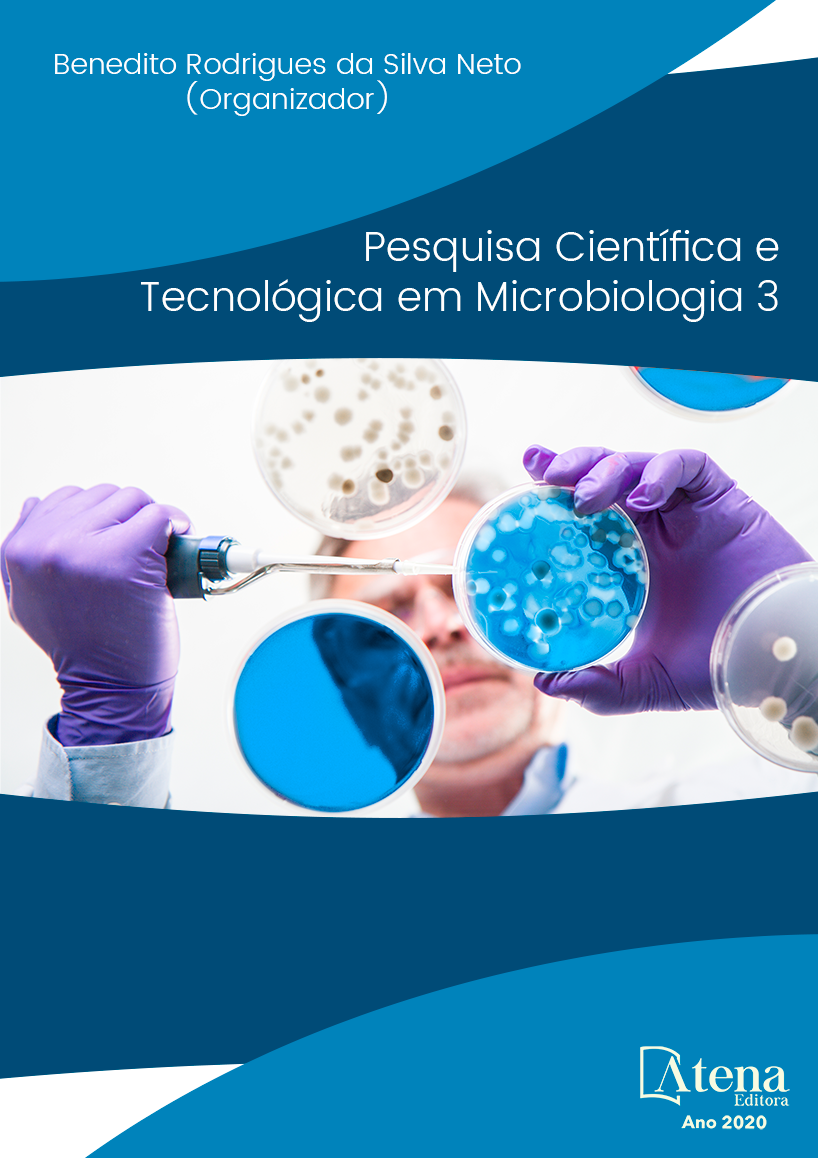
AVALIAÇÃO DA TOXICIDADE AGUDA E DA CITOTOXICIDADE DOS EXTRATOS ETANÓLICOS DA MACRÓFITA Hydrocotyle bonariensis Lam. (APIACEAE).
RESUMO: Hydrocotyle bonariensis possui componentes bioativos, tais como, alcaloides, flavonoides, taninos, que proporcionam sua utilização na medicina popular como laxante, diurético, eficaz no tratamento de tuberculose. Objetivou-se avaliar a toxicidade aguda de H. bonariensis utilizando o bioensaio com Artemia salina e a citotoxicidade por meio de células meristemáticas de raízes de Allium cepa. Extratos de H. bonariensis foram submetidos ao bioensaio com A. salina, para determinar a relação de organismos vivos e mortos. No tempo de 24 horas, foi estimada a CL50 utilizando regressão linear obtida da correlação entre a porcentagem de indivíduos mortos e a concentração dos extratos. Em cada tratamento com A. cepa analisou-se 15.000 células. Foram observadas células em interfase, prófase, metáfase, anáfase e telófase. No bioensaio com A. salina, os resultados obtidos mostram que para os extratos da folha e da raiz, os experimentos com menor concentração do extrato, apresentaram um percentual menor de mortalidade. O extrato do caule, não apresentou o mesmo padrão de resposta. Com A. cepa, os resultados de IM significativos (p<0,05) foram observados em relação ao controle negativo para a concentração de 1000ppm, em folhas, caule e raízes. Na concentração de 500ppm a IM foi significativo apenas para o extrato do caule, nas demais concentrações não houve valor significante. Extratos das folhas, caules e raízes de H. bonariensis apresentaram componentes bioativos para microcrustáceo A. Salina, sendo o caule o mais tóxico. Com A. cepa, mostrou que os extratos das folhas, caules e raízes da H. bonariensis podem ser citotóxicos na concentração de 1000ppm.
AVALIAÇÃO DA TOXICIDADE AGUDA E DA CITOTOXICIDADE DOS EXTRATOS ETANÓLICOS DA MACRÓFITA Hydrocotyle bonariensis Lam. (APIACEAE).
-
DOI: 10.22533/at.ed.4352001073
-
Palavras-chave: PALAVRAS-CHAVE: plantas aquáticas, bioativos, alcaloides, Artemia salina, Allium cepa
-
Keywords: ABSTRACT: Hydrocotyle bonariensis has bioactive components, such as alkaloids, flavonoids, tannins, which provide its use in folk medicine as a laxative, diuretic, effective in the treatment of tuberculosis. The objective of this study was to evaluate the acute toxicity of H. bonariensis using the bioassay with Artemia salina and cytotoxicity using meristematic cells from Allium cepa roots. H. bonariensis extracts were submitted to a bioassay with A. salina, to determine the ratio of living and dead organisms. At 24 hours, the LC50 was estimated using linear regression obtained from the correlation between the percentage of individuals killed and the concentration of the extracts. In each treatment with A. cepa, 15.000 cells were analyzed. Cells in interphase, prophase, metaphase, anaphase and telophase were observed. In the bioassay with A. salina, the results obtained show that for the leaf and root extracts, the experiments with lower concentration of the extract, presented a lower percentage of mortality. The stem extract did not show the same response pattern. With A. cepa, the results of significant MI (p <0.05) were observed in relation to the negative control for the concentration of 1000ppm, in leaves, stem and roots. In the concentration of 500ppm the IM was significant only for the stem extract, in the other concentrations there was no significant value. Extracts from the leaves, stems and roots of H. bonariensis presented bioactive components for microcrustacean A. Salina, the stem being the most toxic. With A. cepa, he showed that the extracts of the leaves, stems and roots of H. bonariensis can be cytotoxic in the concentration of 1000ppm.
-
Abstract:
ABSTRACT: Hydrocotyle bonariensis has bioactive components, such as alkaloids, flavonoids, tannins, which provide its use in folk medicine as a laxative, diuretic, effective in the treatment of tuberculosis. The objective of this study was to evaluate the acute toxicity of H. bonariensis using the bioassay with Artemia salina and cytotoxicity using meristematic cells from Allium cepa roots. H. bonariensis extracts were submitted to a bioassay with A. salina, to determine the ratio of living and dead organisms. At 24 hours, the LC50 was estimated using linear regression obtained from the correlation between the percentage of individuals killed and the concentration of the extracts. In each treatment with A. cepa, 15.000 cells were analyzed. Cells in interphase, prophase, metaphase, anaphase and telophase were observed. In the bioassay with A. salina, the results obtained show that for the leaf and root extracts, the experiments with lower concentration of the extract, presented a lower percentage of mortality. The stem extract did not show the same response pattern. With A. cepa, the results of significant MI (p <0.05) were observed in relation to the negative control for the concentration of 1000ppm, in leaves, stem and roots. In the concentration of 500ppm the IM was significant only for the stem extract, in the other concentrations there was no significant value. Extracts from the leaves, stems and roots of H. bonariensis presented bioactive components for microcrustacean A. Salina, the stem being the most toxic. With A. cepa, he showed that the extracts of the leaves, stems and roots of H. bonariensis can be cytotoxic in the concentration of 1000ppm.
-
Número de páginas: 19
- Andreza Larissa do Nascimento
- Joyce Bezerra Guedes
- Antônia Ângela Bezerra
- José Fabricio De Carvalho Leal
- Ana Paula Peron
- Márcia Maria Mendes Marques Duque
- Ana Carolina Landim Pacheco
- Maria do Socorro Meireles de Deus,


